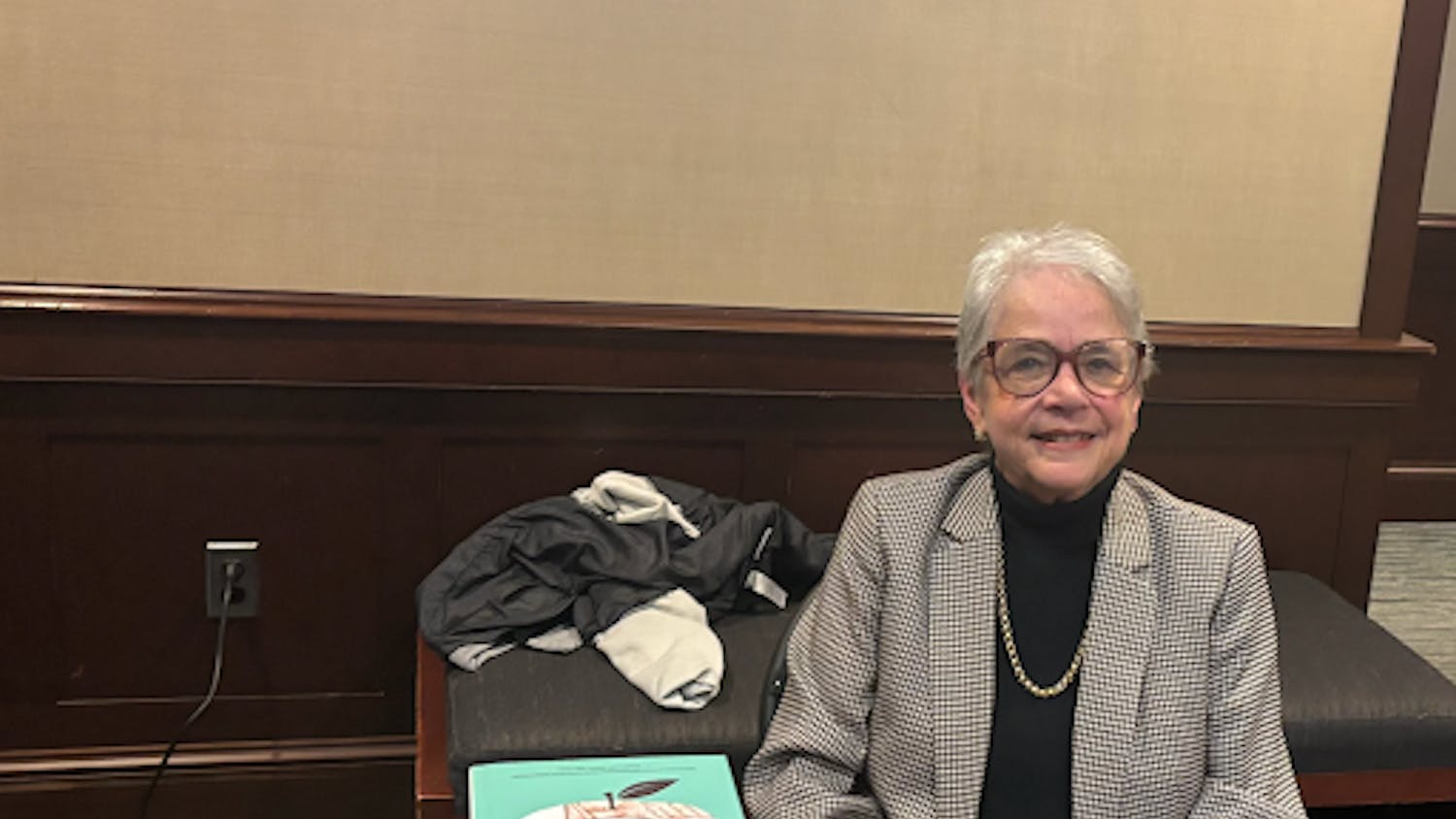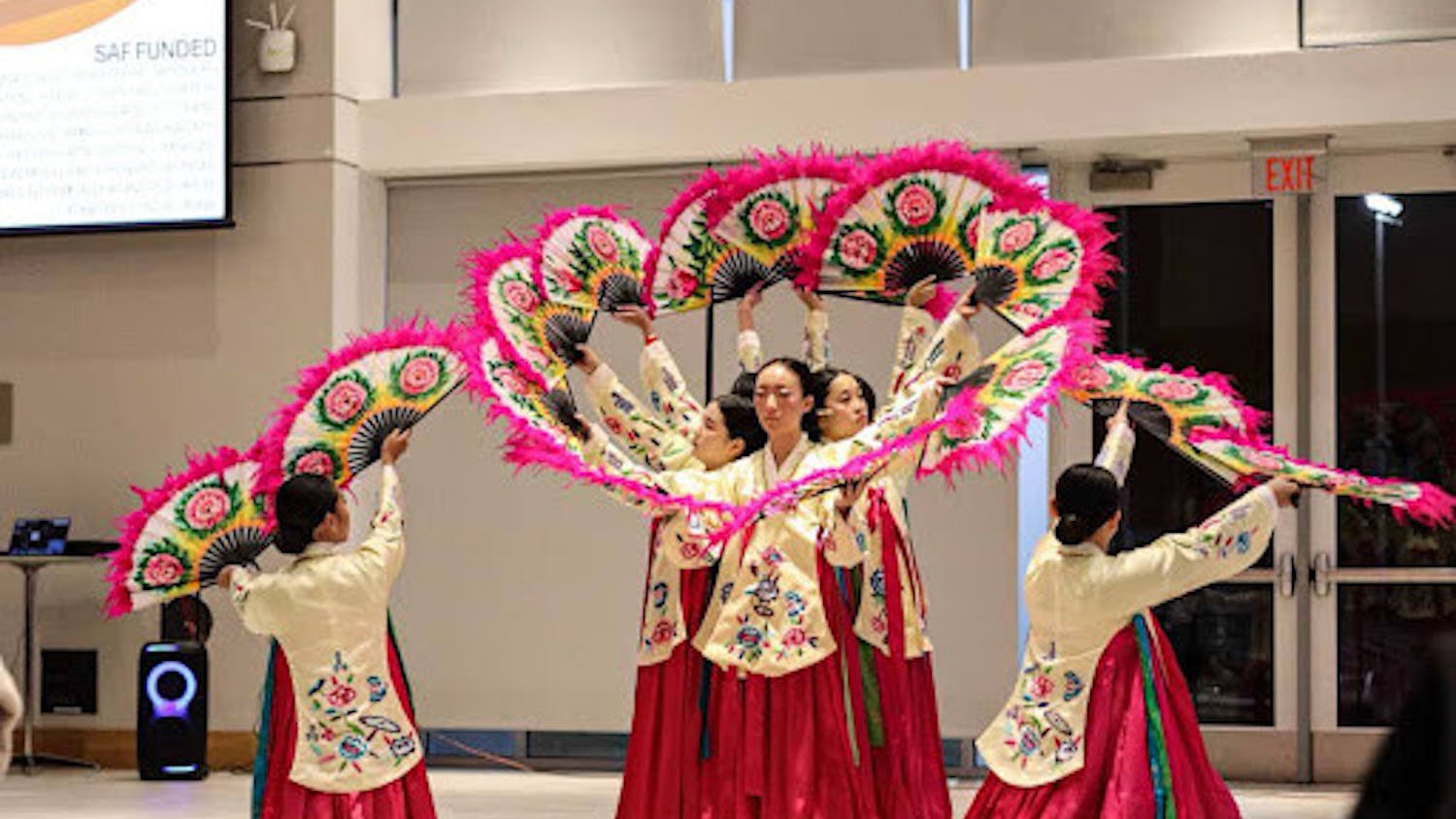On this day in 1855, then-Gov. Rodman Price signed the documents that established the New Jersey State Normal School as the first teacher-training school in New Jersey and the ninth in the nation.
The school has undergone many changes since then - when it was located on Clinton Avenue in Trenton - in terms of its location, buildings, curriculum and student body.
In 1925, the first four-year baccalaureate degree program was established, changing the school from a normal school to a teacher's college.
In 1928, the 210-acre tract of land in Ewing Township where the College is today was purchased as a new site for the school.
Graduate study was instituted at the College in 1947. The Higher Education Act of 1966 enabled the College to expand its degree programs into fields other than education.
In the 1970s the College increased selectivity while reorganizing its academic structure, forming the School of Arts and Sciences, the School of Education and separate divisions of Business, Nursing, Industrial Education and Technology. By 1972, 70 percent of entering freshmen selected non-teaching majors.
By the mid-1980s, construction was completed on a new 250-bed residence hall, new athletic and playing fields and a new swimming pool. To recapture the Georgian Colonial architectural design of the College's buildings in the 1930s, the College refaced the contemporary buildings erected between 1955 and 1975.
When state funding for construction became available in the late 1980s, the Georgian Colonial design was applied to the reconstruction of the performing arts building (Kendall Hall), the new music building, the nursing/reception building and the preparation for the new science building.
The design was replicated in the 220-bed residence/dining hall that would later be named Eickhoff Hall. Decker and Cromwell, residence halls built in 1958 and 1963, were refaced, and townhouses with 500 beds were constructed.
In 1986, after being granted $2.8 million to increase its minority enrollment, strengthen its academic programs and attract potential students who typically leave the area for higher learning, the College revised its curriculum, including unique humanities courses focusing on issues surrounding race, gender, class, ethnicity, morals and ethics.
In 1995, the College adopted a "teaching first" policy central to the College's commitment to a high-quality education.
In 1996, the institution changed its name to The College of New Jersey "in order to better reflect its broadened academic mission and service to the state of New Jersey," according to College and Community Relations.
Throughout the 1990s, the College constructed several state-of-the-art buildings, beginning with a new music building in 1993. Loser Hall became home to the Nursing Department and Admissions in 1997.
The Business Department moved into its new building in 1999 and, in 2000, a new biology building was erected and construction began on a new social sciences complex.
In 2000, the College instituted a new academic structure incorporating several community service initiatives with its educational curriculum. More than 50 liberal arts and professional programs are now offered through the College's seven schools. Today, the College is known for its challenging undergraduate education and rewarding residential experience, small classes and prestigious faculty.
It has received national recognition in Money magazine, U.S. News and World Report, "The Fiske Guide to Colleges," "Barron's Profiles of American Colleges" and "Peterson's Competitive Colleges."






